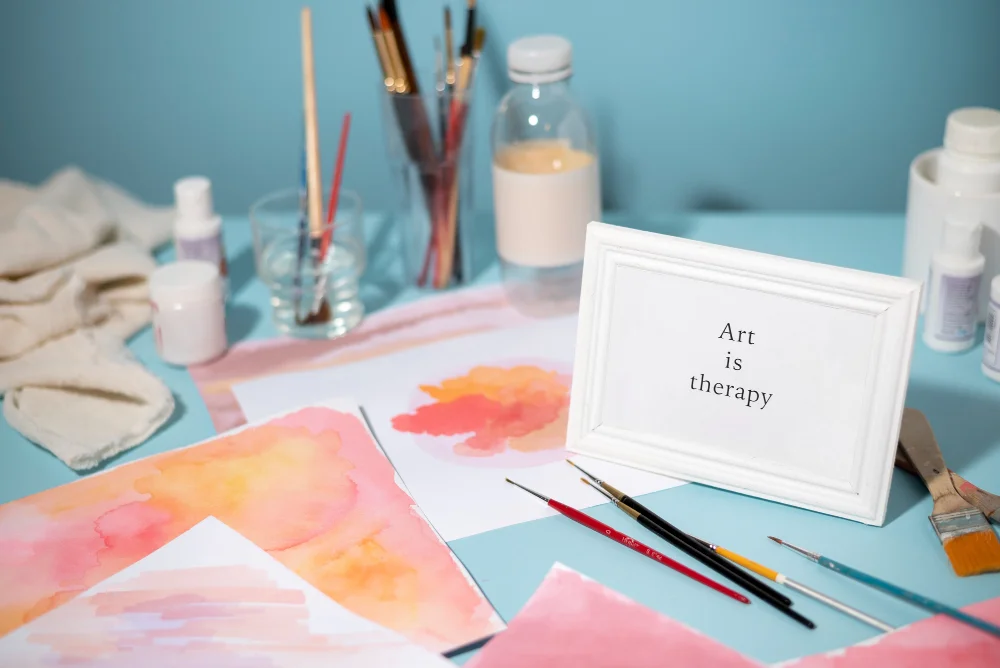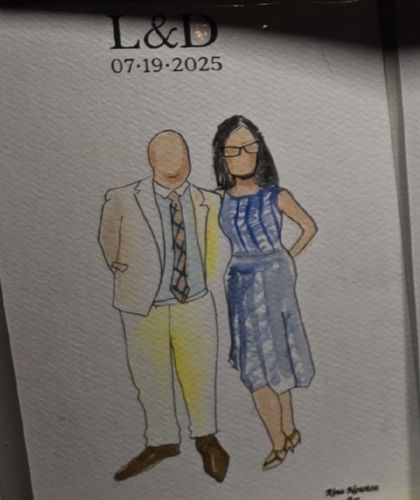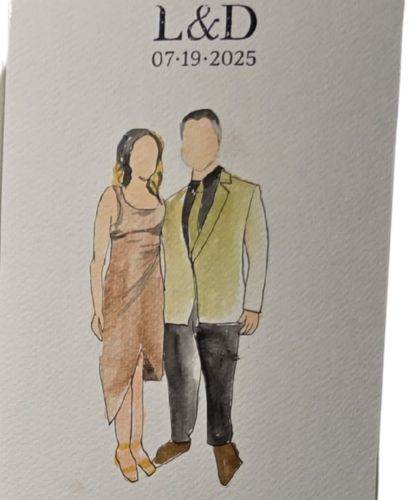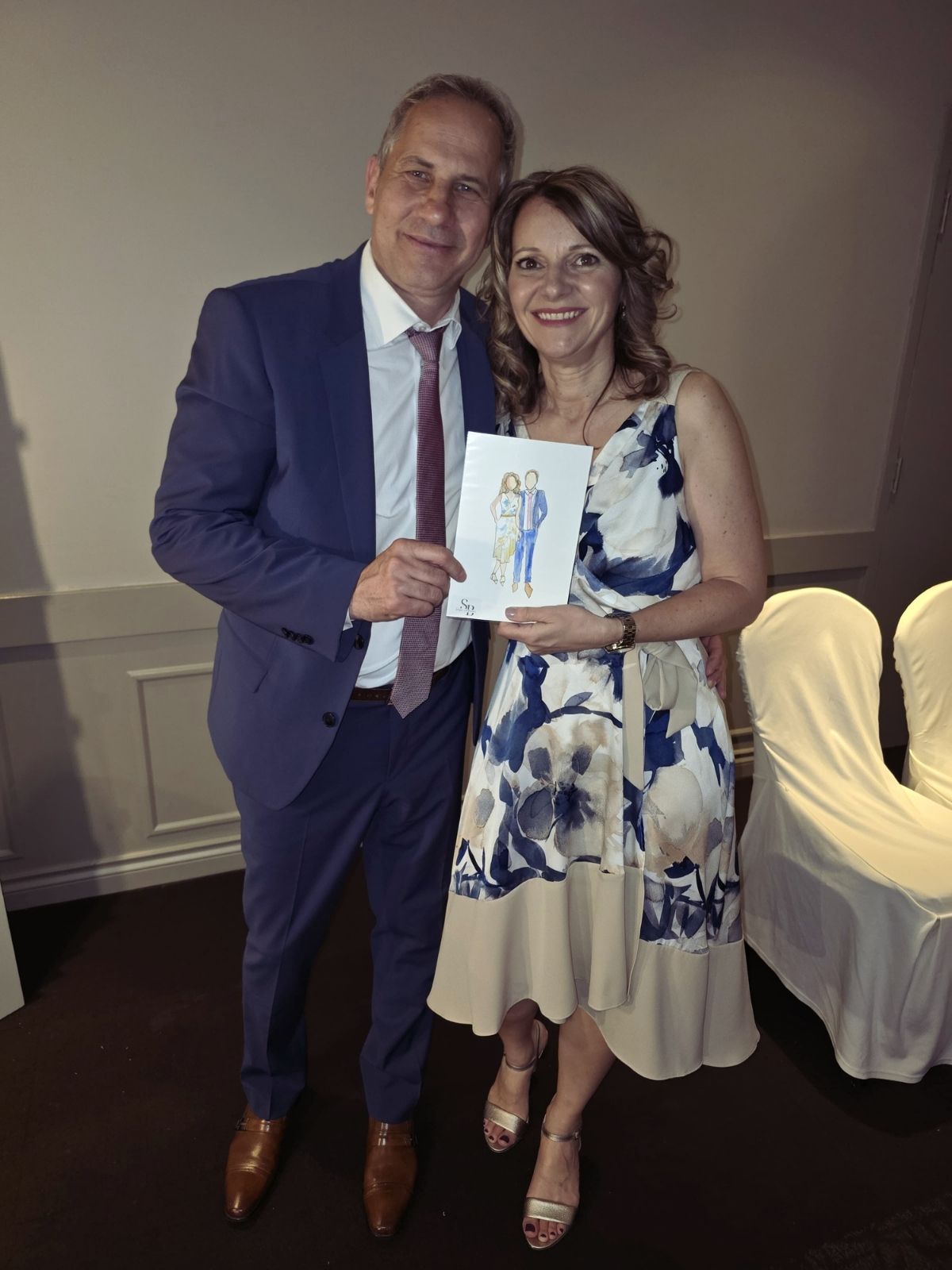Art has been a great mechanism for self-expression, communication, and healing throughout history. From cave paintings in ancient times to installations today, humans have utilized art as a way of dealing with emotions, managing hard situations, and connecting with people. Over the last few years, studies have demonstrated that participating in the arts can have a significant effect on mental health, diminishing the symptoms of stress, depression, and anxiety while enhancing feelings of relaxation, joy, and self-esteem.
The art therapy can be enjoyed by people of any age group and background, independent of their artistic capability. Activities like painting, drawing, sculpting, writing, or even coloring can assist individuals in communicating their feelings, negotiating through traumatic experiences, and better controlling their lives.
One of the key ways in which art affirms mental health is by giving expression to emotions. When language proves insufficient to encompass the richness of our emotions, art presents a great way of communicating. By rendering feelings into visual or written language, people are able to comprehend and make sense of their experiences, thereby becoming more conscious and resilient about their emotions.
Apart from stimulating the expression of emotions, art can also enable people to acquire coping mechanisms for managing stress and anxiety. Being creative can offer a calming sense as well as concentration, and people can momentarily escape their worries and view their issues with a new perspective. This can be especially helpful for individuals who have difficulty with intrusive thoughts or minds that race out of control because art can be a mindfulness practice, drawing the individual into the present moment and creating feelings of inner calm.
In addition, art can be an important factor in establishing relationships with others and feelings of community. Engaging in group art exercises or attending an art class can serve as a source of social contact and support, making people feel less alone and more engaged with others. Being able to share artistic creations with others can also result in feelings of accomplishment and pride, enhancing self-worth and self-confidence.
The therapeutic potential of art is not confined to its creators; merely observing or experiencing art can benefit mental health. Research has also established that exposure to art can decrease stress, improve mood, and actually improve cognition. Interaction with art can also offer a feeling of awe and inspiration, prompting the observer to see the world differently and to be creative in new ways.
In summary, the therapeutic potential of art is a reflection of the natural human ability to be creative and expressive. Through creative pursuits, people can better learn themselves, acquire strategies for managing stress and anxiety, and form bonds with others. As science continues to discover the numerous positive effects of art on mental health, it is obvious that creativity will continue to be a necessary tool for healing and self-improvement.














